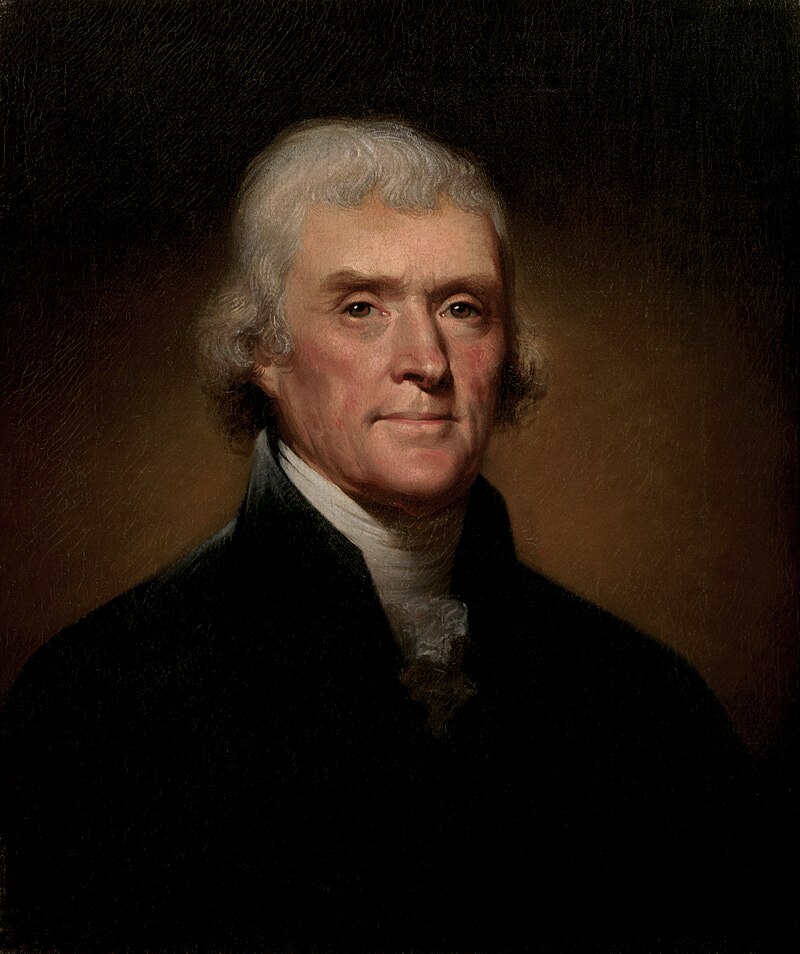On March 2, 1807, the U.S. Congress took a significant step by passing the Act Prohibiting the Importation of Slaves. Although slavery itself remained legal, this law made it illegal to import enslaved people into the United States. It marked a critical moment in the fight against slavery. However, law enforcement was weak, and illegal trade continued for many years. Interestingly, the bill was signed by President Thomas Jefferson, who was a known critic of the slave trade, yet he owned enslaved people himself.
Important Facts:
- It was the first of its kind. The U.S. was among the first countries to outlaw the importation of enslaved people. Britain passed a similar law just a day later, on March 3, 1807.
- Although the law went into effect on January 1, 1808, many traders found ways to smuggle enslaved people into the U.S., primarily through Spanish-controlled Florida and Texas.
- Jefferson’s complex role: President Thomas Jefferson signed the bill into law. While he opposed the slave trade, he continued to enslave people at his Monticello estate.
- Harsh penalties (on paper): Violators of the act could face the seizure of ships and fines of up to $20,000, which was a fortune at the time. However, enforcement was weak, and illegal trading persisted.
- Not the end of slavery: This law only banned new imports; slavery remained legal in the U.S. until the 13th Amendment abolished it in 1865.
- Final ship captured: The last known illegal slave ship to the U.S., the Clotilda, arrived in Alabama in 1860—more than 50 years after the ban.

